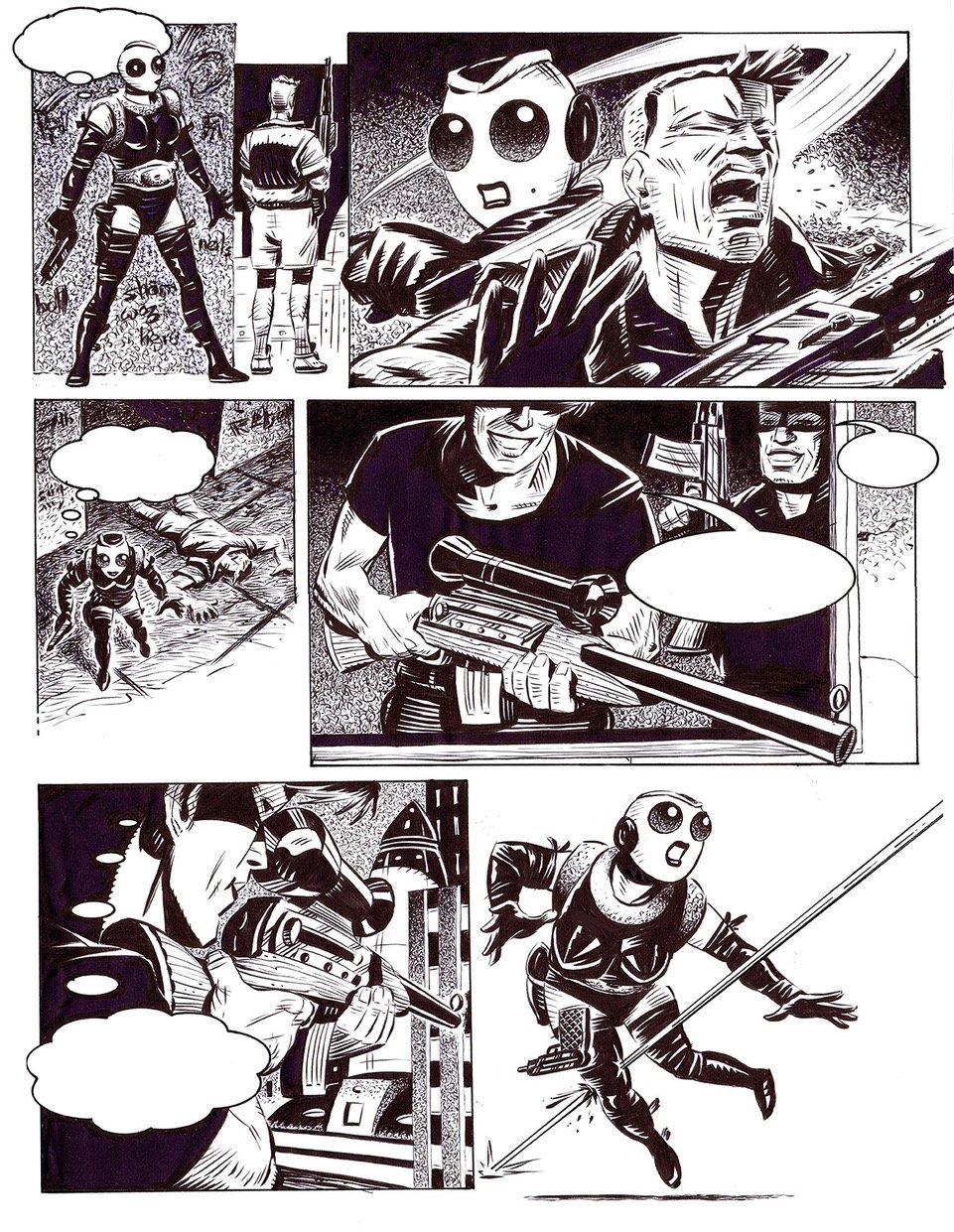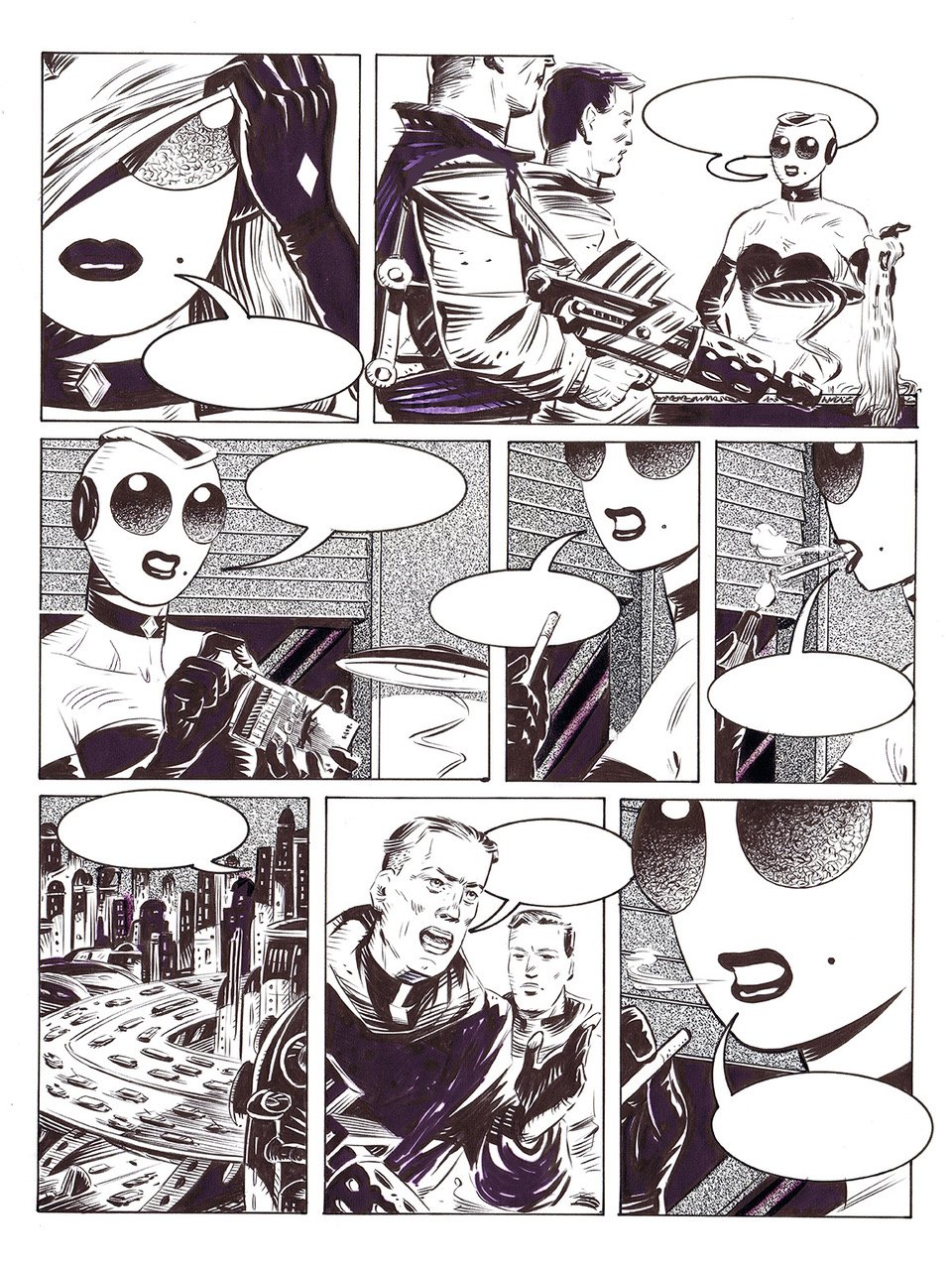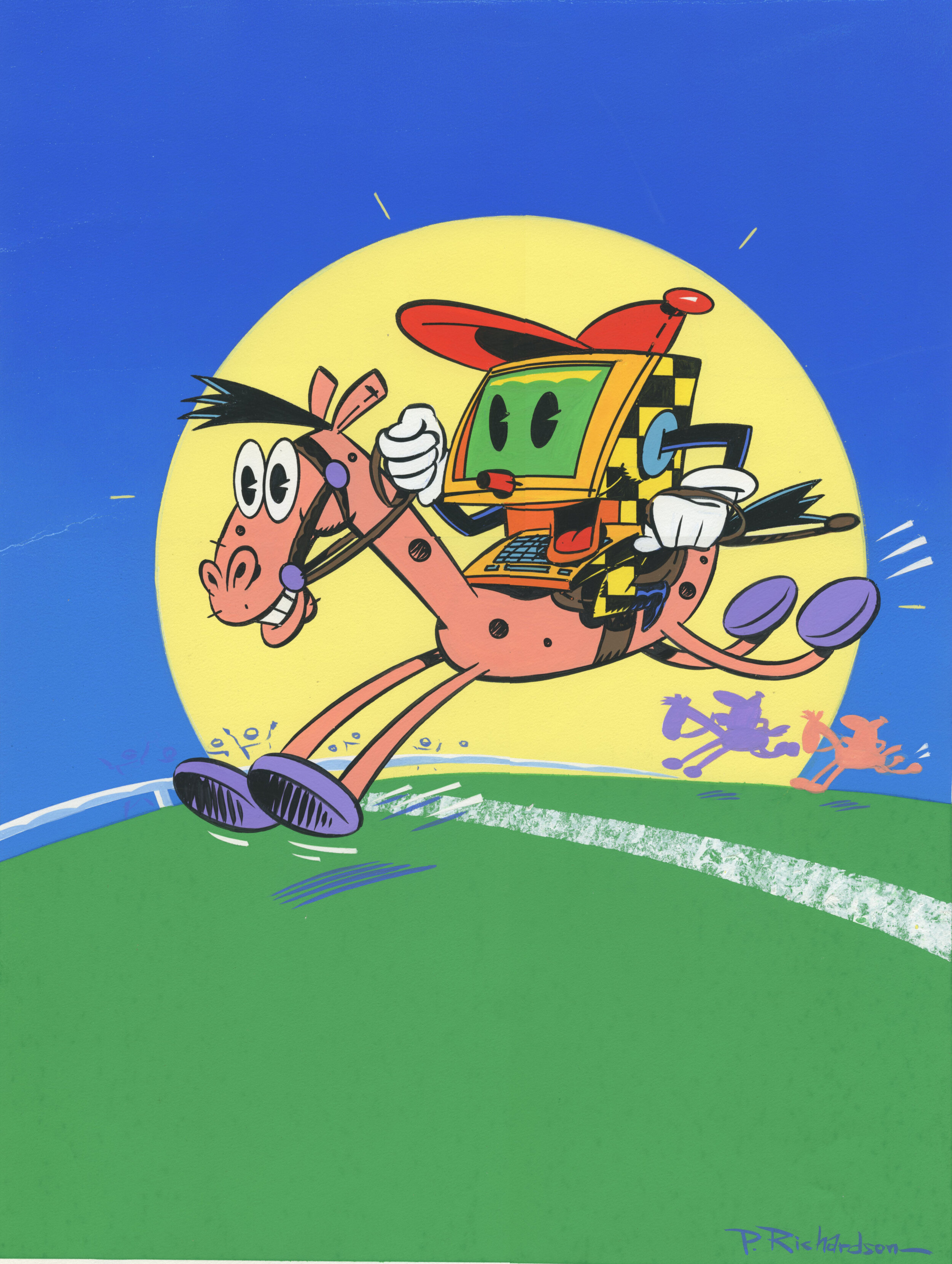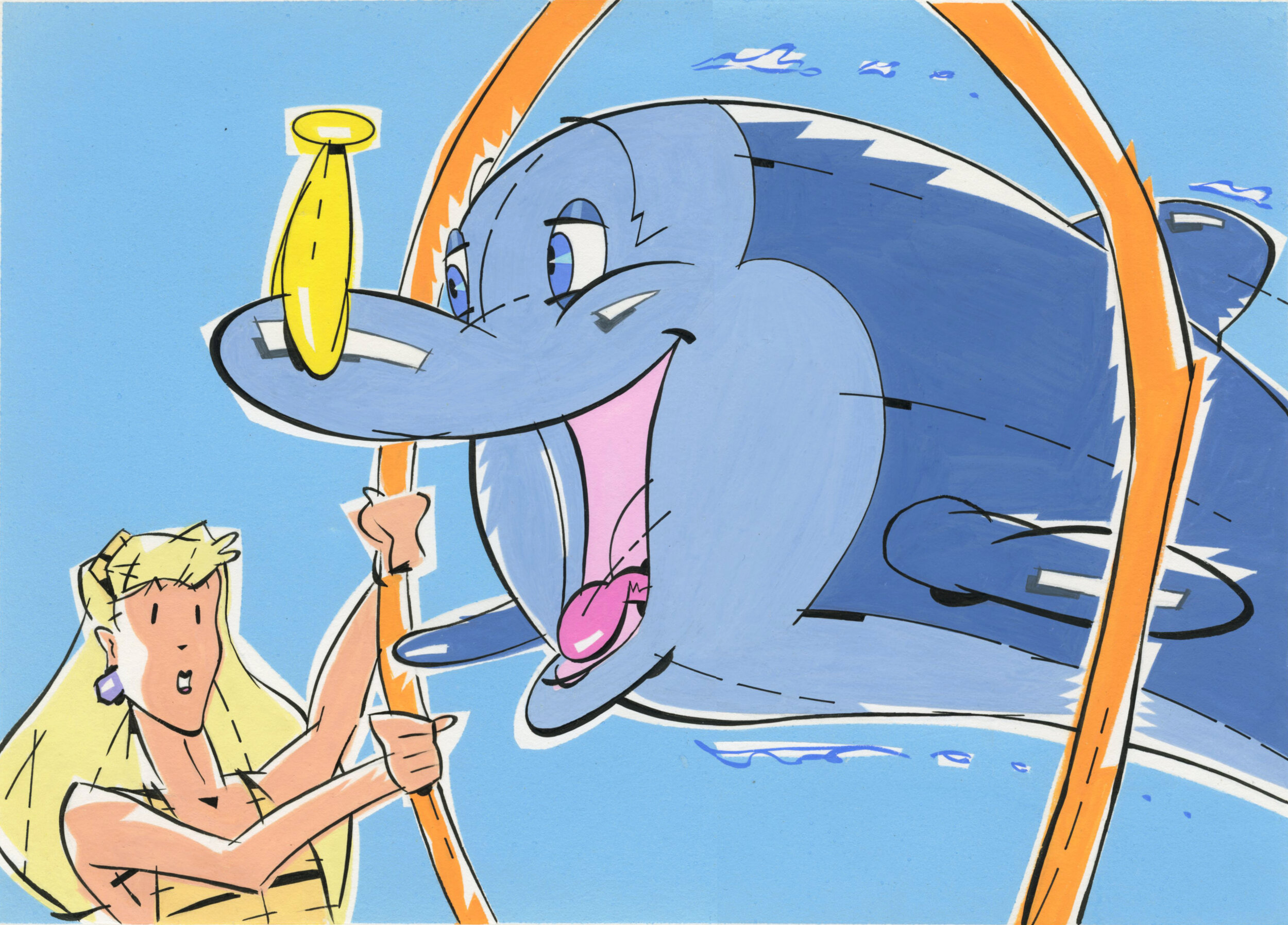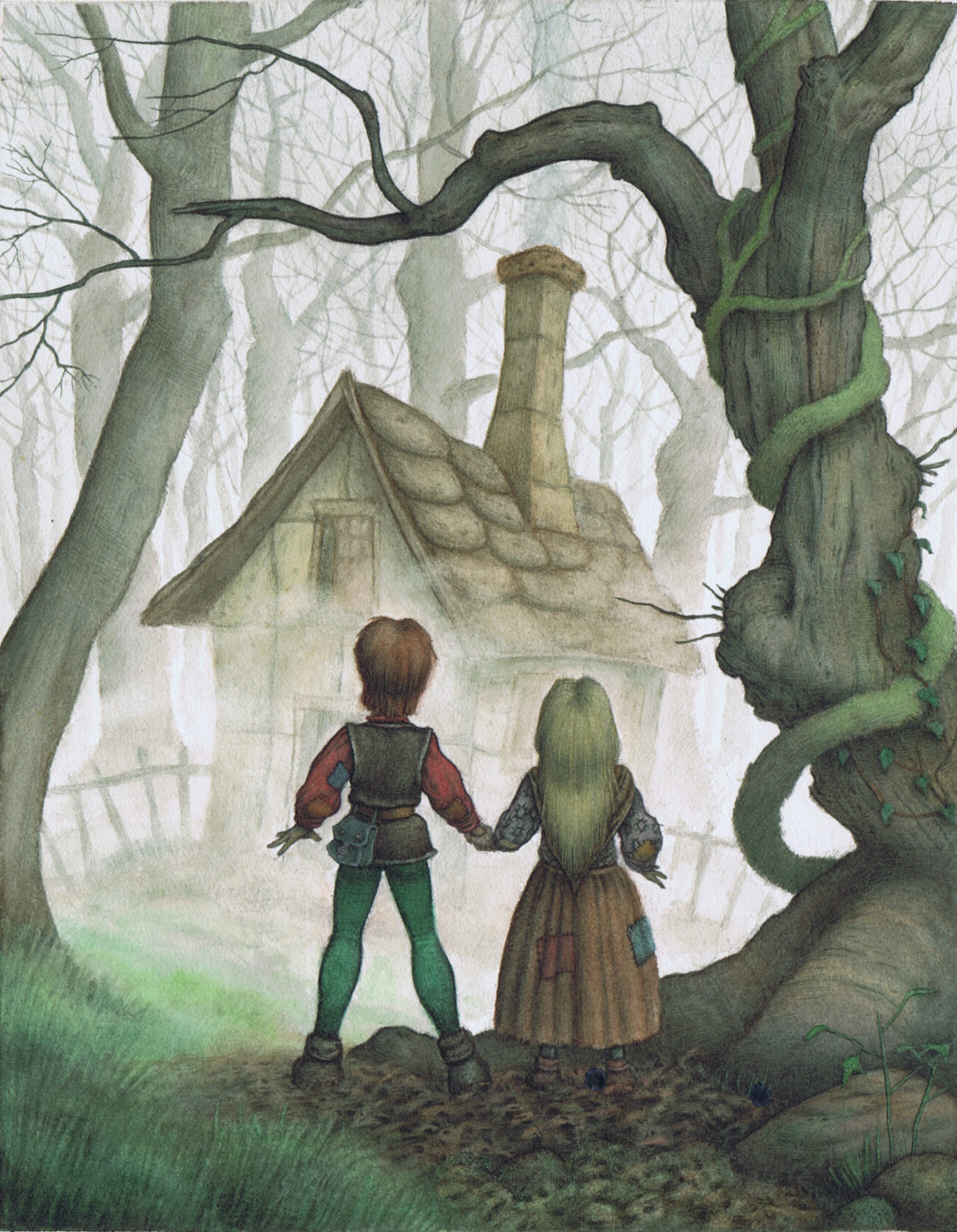Two years on from dipping my toes in the waters of comic strips a sea-change was occurring in the world of commercial art. Illustrators and designers were wholeheartedly embracing the new world of computer graphics. Computer graphics had been around since the 1980s, but the Quantel paintbox at 30K was beyond the reach of the average illustrator and it was really the advent of the Power Mac in the mid ‘90s that offered artists the ability to engage with the beast in a box.
Mind you in 1996, it was still a fairly daunting outlay and to set up a computer with all the peripherals required would set you back about 12-15K. And then once you had the thing set up with (in my case) a 750Mb hard-drive and a generous 32Mb of RAM (just sufficient for an image in Photoshop to slowly tile down every time you saved it), you had to struggle to learn the software and the software for all the other bits and bobs that you needed. A few artists worked with vector software (such as Illustrator or the excellent Freehand) which could manage quite nicely with next to no RAM, but the learning curve was steeper and so artists gravitated towards Photoshop which was a real RAM guzzler at a time when you wouldn’t see much change out of a grand if you wanted to purchase 64Mb of the stuff.
But, once I was up and running, I realised that the world was changing and I had made the move at the right time—jobs came in on the strength of my having the necessary kit to deliver what clients now wanted. The only downside was, that in the rush of excitement, we were succumbing to a welter of horrible computerised bells and whistles that look horribly dated now.
To put it in a nutshell, we were so seduced by the superficial gloss and sheen of computerised art that we were screaming from the rooftops, “Hey Look! I drew this on a computer!”. The ghastly deadliness of the finished result was lost upon us. There were one or two illustrators who lost their marbles and went overboard to such an extent that they ruined their sense of aesthetics in the process.
Here’s some examples of the stuff I was churning out in those early days of computerised illustration.
Illustration from a story called ‘Rainmaker’ every bell and whistle, including daft stuff likes lens flare has been added—”Gee Mom, I gotta computer!”
Everything had to shine! A series of funny animals for some kind of lucky drink.
I managed to secure a fortnightly slot for a artwork called Wally’s World, it was a bit like Look and Learn insofar as you were drawing tales from World History—again the computer and Photoshop greatly speeded up the process.









